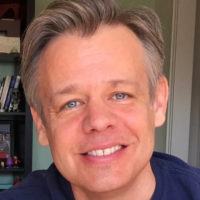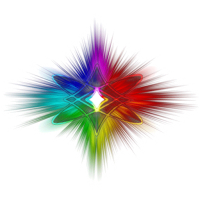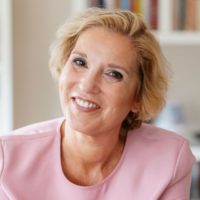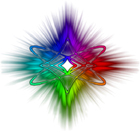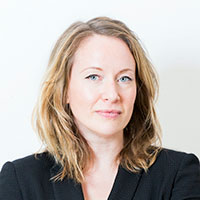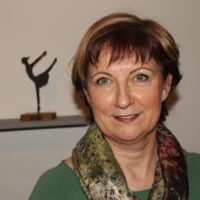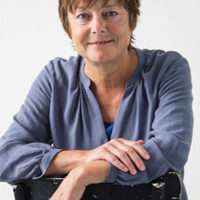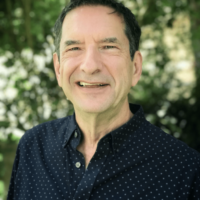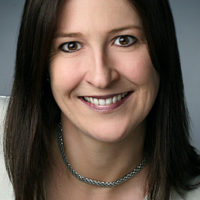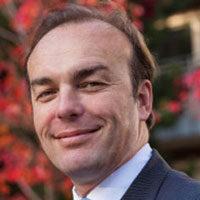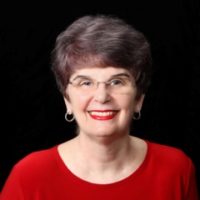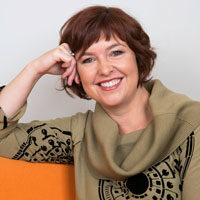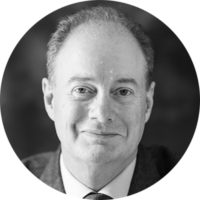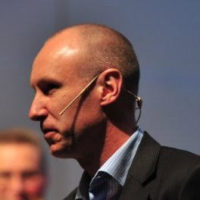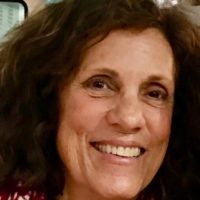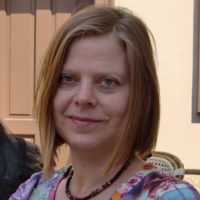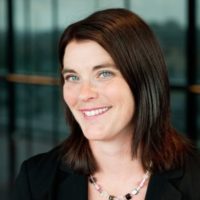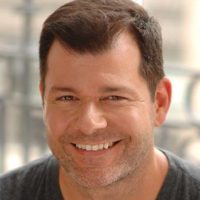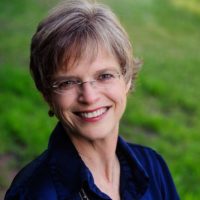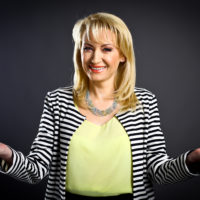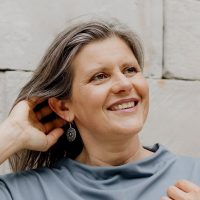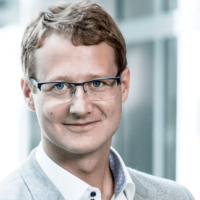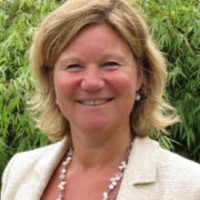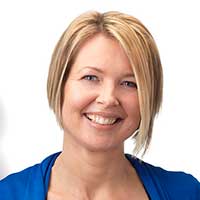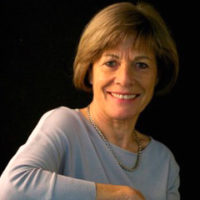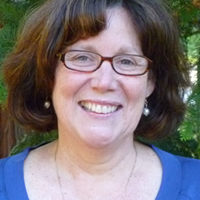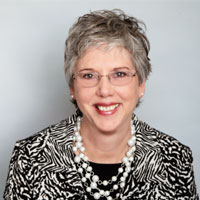Never doubt that a small group of thoughtful, committed citizens
can change the world; indeed, it’s the only thing that ever has.
– Margaret Mead, cultural anthropologist
As we approach the year-end holidays, the “state of the world” continues to become more and more complex and complicated. Societal fear, pain, anger, distrust, and unrest is escalating. We find power plays, dysfunction, violence, and greed in politics and government, race relations and human rights, environmental and climate issues, and in an economy designed to serve a few instead of all.
Yet this is also a time of enormous potential. There wouldn’t be so much unrest if there weren’t a breakthrough ready to emerge. As a society, we are at a choice point. We can continue in a hopeless downward spiral of pain, frustration, and despair, or we can begin the process of healing and creating a world that works.
This is not a choice that can be mandated to others. Forced change is never sustainable. However, we can each make clear choices for ourselves. As we live with clear intention and focus, our lives transform and some of the people around us start to notice. They start asking questions, wanting to know how they can transform. The idea of “conscious choice” starts to become contagious. Step-by-step, we can create a space in which healing can occur and awareness can start to expand. Things start to change. It’s not a quick fix. The healing may not be completed in our lifetimes. Yet it’s a start.
Of course, the question of “How?” always arises. “How do we stop the pain? How do we stop the violence? How do we heal the anger and dysfunction?”
In today’s world, the question of “How?” tends to be paralyzing. And because we don’t know “how,” too often we don’t do anything. It’s time to replace “How?” with “What’s our next step?”
And so I propose a next step to healing the dysfunction, pain, anger, and frustration. It’s the Transformational Presence tool known as the Four Levels of Engagement, affectionately known by many Transformational Presence leaders and coaches as the “DSCO” model, pronounced “disco.”
The Four Levels of Engagement is one of the first tools participants learn in the Transformational Presence Leadership and Coaching program. “DSCO” is an acronym for the four levels: Drama, Situation, Choice, and Opportunity. This simple model provides a structure for recognizing how we habitually respond to the circumstances and events of our lives. It can also serve as a simple yet powerful model to help us move from a place of helplessness toward proactively healing our societies and creating a world that works. It’s not a magic pill. Yet it’s a strong and effective “next step.”
Let’s look briefly at each of the four levels.
On the surface is the Drama. When we get caught in Drama, we quickly and easily get swept up in emotional reaction to what is happening. There is no consideration of what might be an appropriate response or the deeper meaning of what is going on. From the Drama perspective, what is happening is someone else’s fault. Someone or something else is causing our pain, anger, or fear. We are caught in the victim role and feel powerless.
When we are in Drama and we feel that a wrong has been committed, we lash out in anger and pain. We seek revenge and punishment without looking for the deeper personal and societal patterns, fears, prejudices, beliefs, and circumstances that led up to the event. Our actions become driven by our need to stop the anguish. In the end, staying in the Drama is exhausting and disempowering and ensures that, in fact, no healing will occur. Nothing can move forward. We are caught in a downward spiral.
When we drop below the Drama, we come to the Situation level. Here it is quieter and the view gets somewhat clearer. Emotions have cooled and we are able to focus on what is actually happening – the “facts.” We’ve stopped looking for someone else to blame and instead are looking for solutions. We ask, “What can we do about this?” and “How can we fix it?” Although sometimes unspoken, the real question often being asked is, “What can we do as quickly as possible, so that everything seems OK again and no one notices that anything happened?” Especially in larger societal issues, many things get “swept under the rug.” As a culture, we have gotten very good at convincing ourselves that everything is fine, even when deep down inside we know differently.
Unfortunately, as a society we most often stop here. When we don’t go beyond the Situation level, there is no learning forward. And there is little consideration for a long-term view. Yet as more of us drop further down to a deeper and quieter third level, Choice, we widen the path toward healing and transformation.
The level of Choice invites a significant shift in awareness. At the Situation level, we focus on how to “fix it” – in other words, “What are we going to do?” However, at the Choice level, our focus becomes, “Who do we choose to be?” We accept that we may not be able to change the circumstance or situation right away, yet we realize that we have the power to choose who we will be within that situation. Therefore, the questions shift to, “Who do we choose to be right now? What relationship do we choose to have with what is going on?” Without blame or guilt, we explore what our role has been leading up to what is happening, and what role we choose to play going forward. Making clear and conscious choices about who we will be empowers us to move forward in productive and constructive ways. We become proactive in healing our pain and creating a new relationship to what is happening.
Having made a clear choice about who we will be opens the door to the fourth Level of Engagement: Opportunity. The question becomes, “What wants to happen?” or “What is the opportunity right now?”
The Hermetic Principle of Polarity tells us that nothing can exist without its opposite. In daily life, this means that a question cannot exist unless the answer is also somewhere present; a challenge or conflict cannot exist unless the resolution is not also here with us. This principle helps us to understand that a problem is not something to be solved; it is a message to be listened to. The “problem” is actually a messenger trying to show us a different path or perspective. There is an opportunity waiting to be seen, a potential trying to unfold. As we recognize that potential and start to work with it, things start to flow. The pain starts to ease. Awareness opens and we experience shifts in perception and perspective.
As we learn to look through the lens of Opportunity, our Choice of who to be or what role to play becomes even clearer, and we are able to see and understand the Situation in a new light.
The DSCO model offers a “next step” for a hurting world. It gives us a structure to recognize our patterns and to make different choices. “Drama, Situation, Choice, and Opportunity” are words and concepts that everyone understands and can relate to. Transformational Presence leaders and coaches all over the world are finding the Four Levels to be a powerful and effective tool for shifting and expanding awareness within individuals, communities, organizations, and nations.
We are living in challenging times, yet I find hope in the Principle of Polarity – in the understanding that there cannot be so much conflict, turmoil, and pain unless a greater potential and a next step forward are also present. With every circumstance, we can choose to go beyond Drama and Situation to Choice and Opportunity. We can discover new ways of being in relationship to one another and the world around us. And this can be a next step toward healing the pain, forging new relationships, beginning to build trust, and in time, creating a world that works.
If you found this post helpful, please share it on Facebook and Twitter. Tell people about these Four Levels – your family and friends, your colleagues, your company, your church or spiritual group, the organizations you are actively involved in. Make it fun. Invite them to go “DSCO dancing” with you by paying attention to which level they are in at any particular moment and whether or not being in that level is serving them. Help them discover the level that will support them in taking their next step forward. Gently and compassionately help them discover that there is indeed hope for a hurting world.
P.S. To learn more about the Four Levels of Engagement, or the DSCO model, see Chapter 2 of my latest book, Create A World That Works. The book is also available in digital format.
If you enjoyed this blog post and found it helpful or inspiring, I invite you to subscribe to our free weekly newsletter by clicking here.


